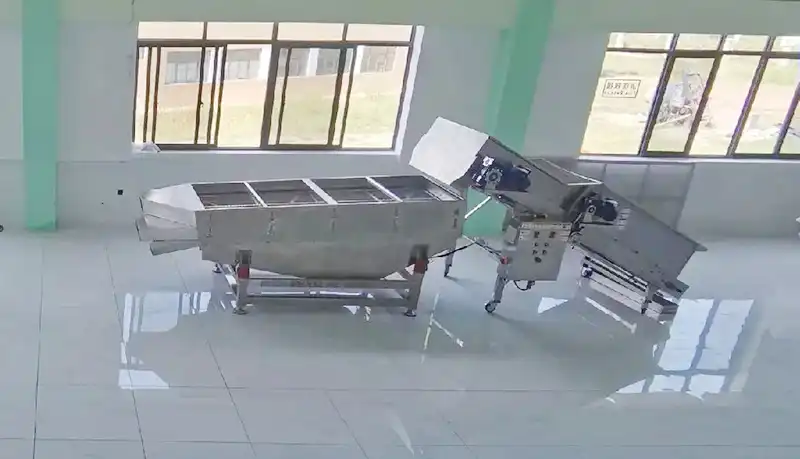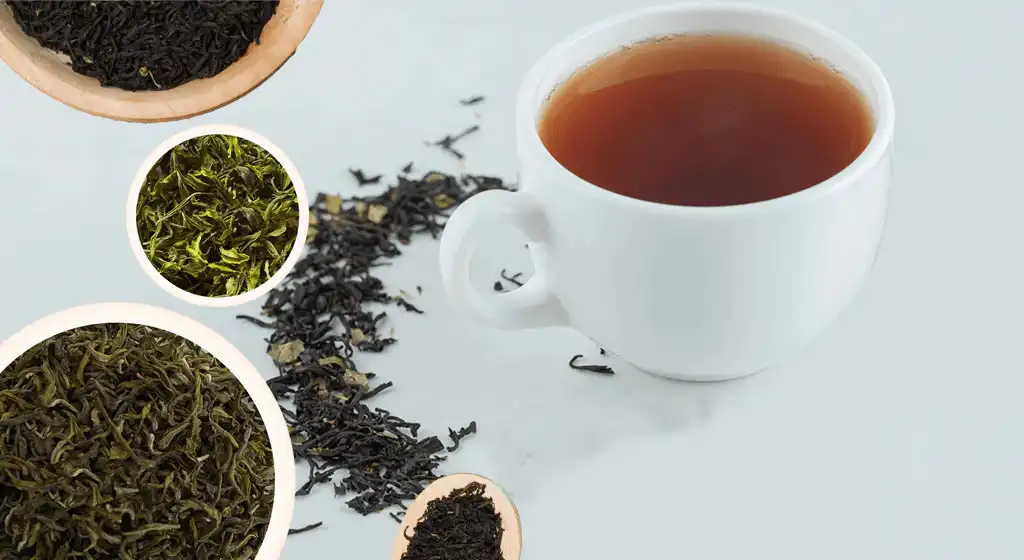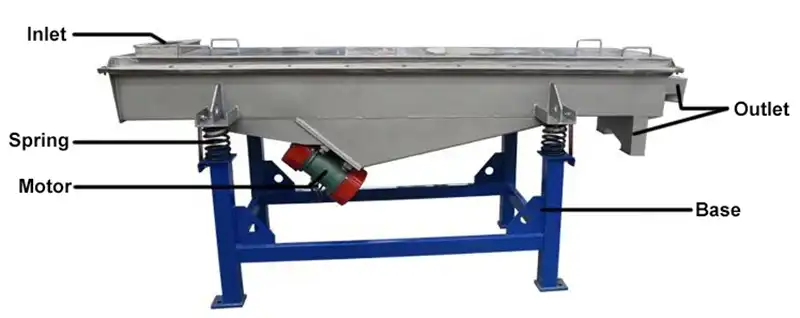How to use an vibrating sieve to ensure the complete consistency of tea?
The quality and uniformity of tea leaf are vital to their commercial value. Recently, a prominent tea producer sought a sieving machine capable of efficiently separating and grading tea leaf by size while eliminating foreign matter. As a leader in the vibrating screening machine industry, we specialize in creating customized solutions that help our clients overcome their unique screening challenges.
After receiving the customer’s request, our engineers proposed two screening solutions: the Bag Dump Station Compact Sieve System and a linear sieve machine. Following extensive discussions, the customer chose the linear sieving machine. This equipment features a rectangular trough screen body, where the tea leaves are moved horizontally by a vibration motor. The controlled vibration frequency ensures smooth movement of the tea leaves, allowing for effective separation of fine particles and impurities while collecting high-quality tea leaf. This process preserves the integrity of the tea leaf and enhances production efficiency.

The linear sieving machine offers numerous advantages in the screening process, providing significant commercial value to tea producers.
- We offer customizable solutions with linear vibrating sieve tailored to meet varying production capacities and a wide range of mesh sizes to accommodate diverse customer needs.
- The equipment is designed with a quick-open mechanism for easy screen replacement, and a unique cleaning system that minimizes mesh clogging by tea leaf, ensuring an efficient and cost-effective screening process.
- The linear horizontal forward movement accelerates the sifting flow of tea leaves, increasing output while preventing clogging and blocking the mesh, leading to highly efficient filtration.
- Constructed from food-grade 304 stainless steel, the equipment meets stringent hygiene standards, reducing the risk of contamination and preserving the purity and original flavor of the tea leaf.
- The machine features a multi-layer screening deck, accommodating up to five layers, which enables precise separation of materials. Each layer efficiently collects tea leaves of different particle sizes, such as fine tea, coarse tea, finished tea, and other impurities.
- With advanced screening technology, our sieve machines minimize downtime, ensure high availability, and deliver enhanced production efficiency and economic benefits.
- In addition to providing top-quality sifting machines, we offer comprehensive technical support and after-sales service, ensuring customers receive efficient technical assistance and robust equipment warranties.
In addition to linear vibrating sieve machine, we also offer Bag Dump Station System for sieving tea leaf. Customers can select the most suitable vibrating sieve based on their specific on-site conditions.
Refined tea industry production process
First, the freshly harvested raw tea leaves are dried to remove moisture, resulting in dry, rough tea leaves. Next, the rough tea leaves are screened and graded according to their length and thickness. The classified tea leaves are then dried with hot air to reduce their moisture content to below 5%. Finally, the dried tea leaves are packaged and weighed by packaging machines before entering the market for consumers to enjoy. (Some teas have additional mixing procedures to add flavors, for example, black tea)

Comparison between Artificial and Industrial Tea Production
In the past, manual tea picking was time-consuming and labor-intensive, making it difficult to achieve uniformity. After harvesting, the tea leaf were manually rolled to break their cells and release their aroma. The leaves were then placed in a controlled temperature environment to promote oxidation, enhancing their color. Following a drying period, the moisture content was reduced to ensure long-term preservation. Today, with industrial production, not only is the quality and taste of the tea consistently maintained, but output and production efficiency have also been significantly improved.


